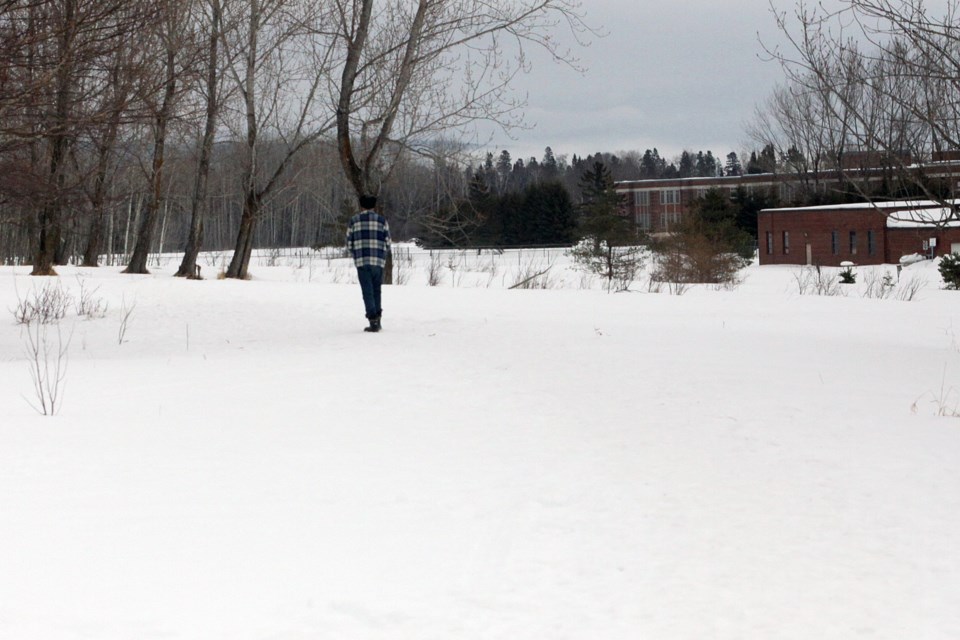THUNDER BAY – Provincial modifications to the city’s new official plan could pave the way for residential development of the open greenspace on the Lakehead Psychiatric Hospital property.
The Ontario government earlier this month approved Thunder Bay’s new official plan, which city council adopted in April 2018, though it came back with a few mandatory changes. One of those revisions is reversing the previous term of council’s decision to place a community designation on the wooded, undeveloped northern portion of the former psychiatric hospital site and replaced it with a residential designation.
Leslie McEachern, the city’s director of planning services, said any development of the land would be a long-term process that would take several years.
“It sets the stage, it sets the framework for residential development but certainly there is much work to do before we actually see a development undertaken on that land,” McEachern said on Wednesday.
The future of the provincially-owned Lakehead Psychiatric Hospital property is unknown, as St. Joseph’s Care Group vacated the facility when they relocated their mental health programming and services from the site to the recently expanded St. Joseph’s Hospital. The province would have to go through a process that would include declaring the property as surplus to put it on the market.
The lands had a residential designation in the previous 2002 official plan. A site specific residential policy area designation was recommended by city administration to be maintained in the new version but council overruled and instituted the community designation. The community designation did not preclude development, but would have required council to amend the official plan to go ahead with any potential project.
The area features kilometres of popular recreational trails and had previously received a strong response from citizens who urged the previous council to protect the area from future development.
Karl Dahl, who was walking his two dogs on the trails on Wednesday, said he drives all the way from Westfort a couple of times each week to take advantage of the greenspace.
“I think it would be a big loss,” Dahl said. “A lot of people use it. You can tell by how packed the trails are. I think it’s really important to have recreational space like this.”
If the lands were to be sold to a developer, a development plan would be required to be submitted to the city and approved by council. Public consultation would be part of the development planning process.
The portion of the property along Algoma Street where the former hospital buildings are located had already been given a residential designation.
“The city would be involved in reviewing any development plans that are submitted and we would have the opportunity to provide comment on those and ensure that the proposed development was connected with the surrounding neighbourhood, was integrated with surrounding parkland and open spaces and that it is a good fit with the surrounding community,” McEachern said.
The provincial changes made by the Ministry of Municipal Affairs and Housing can’t be appealed by the city.
“This modification supports provincial goals to promote the efficient use of fully serviced land for needed housing,” ministry spokesperson Praveen Senthinathan said in a statement.
Thunder Bay mayor Bill Mauro, a former provincial municipal affairs minister, did not provide an opinion on what he believes is the proper designation for the property but expects residents will respond.
“I have no doubt that in the community this is going to generate still some discussion that people will be interested in what avenues, if any, exist for the municipality and whether or not council will feel that they want to see what is possible in terms of the decision,” Mauro said.
Other changes by the province include the revision of the city’s rural settlement area boundary and changes to the rural settlement area policy for larger lot sizes and the requirement for hydrogeological surveys to create a lot size of less than one hectare.
